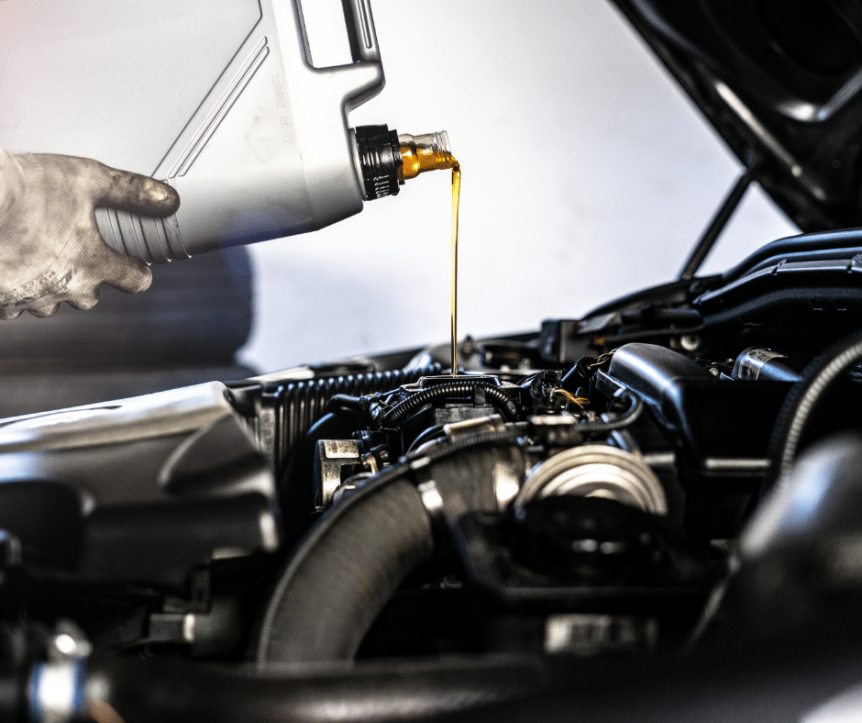If the heart of the car is the engine, the blood-life is the oil. It provides the right lubrication so that your vehicle runs smoothly and doesn’t grind to a halt unexpectedly. However, after a few thousand kilometres, it’s normal for any vehicle’s oil to get dirty and need replacing. Below we’ll list out the exact steps you should take if you’re looking to check and refill your engine’s oil.
If your car requires an oil change, we recommend stopping by our auto body shop in Vancouver to have one of our professionals take a look. An oil change takes an expert and the cost of making a mistake is much greater.
How to check your engine’s oil:
- Warm up the car. Oil is usually best checked while the car is still warm. A quick trip to the convenience store or a drive around the block will do.
- Turn off the car and park somewhere flat. Avoid parking on a slanted driveway.
- Locate a lint-free rag. An old tee-shirt usually works well.
- If you’re new to opening up the hood of your vehicle, locate the owner’s manual.
- Pop the hood. Pull the handle on the inside of your vehicle on the driver’s side door and press the lever located underneath the middle of the hood of the car. If you can’t seem to find it, refer to your owner’s manual or watch this video.
- Identify the dipstick. Once again, if you’re new to opening up your vehicle, the owner’s manual can help you identify the dipstick. It’s usually on the left side of the engine with a bright yellow or orange handle.
- Remove the dipstick and clean it with the lint-free rag. Make sure it’s fully clean before sliding it back in.
- After sliding it back in, re-remove the dipstick and inspect the end of the stick. Some cars will have a line at the end that says “full” whereas others will have a textured area that represents the capacity. The oil should be amber in colour.
- If the oil is between the minimum and maximum lines on the stick, the oil level is okay.
If the dipstick indicates a normal oil level, feel free to reinsert the dipstick.
If the dipstick indicates that the oil level is low, touch the oil with your fingers. If the oil is clean and the smell, colour, and texture are all normal, feel free to add new oil to the funnel using the method laid out below. If the oil is gritty, dark, or looks or smells different, you must change your oil soon. Our local auto body shop in Vancouver or Richmond will be able to assist with this.
How to fill your engine’s oil:
- Check the amount and type of engine oil needed for your car. This can be found in your owner’s manual.
- Ensure your car is turned off and the car is parked on level ground. Uneven terrain can lead to spills.
- Open the hood of your car.
- Locate the oil filler cap and remove it. This is often found on the top of your engine in the hood of your car.
- Add roughly half a quart of oil.
- Check your oil level again, as laid out above.
- If your oil level is still low and clean, add the rest of the quart until full, being mindful not to overpour.
Why is this important?
Learning to check and fill your own oil can be a healthy habit to get into when it comes to maintaining your car and its longevity. Doing so regularly can help extend the life of your car’s engine. Although checking and filling your own oil can seem daunting at first, it’s a skill that can be quickly learned and then repeatedly applied in a variety of situations for both yourself and your family and friends.
If you need assistance with your car’s auto body, our experts are here to help. Head to our auto body shop in Vancouver or Richmond auto body shop for car painting, collision repair, dent removal, and more.



